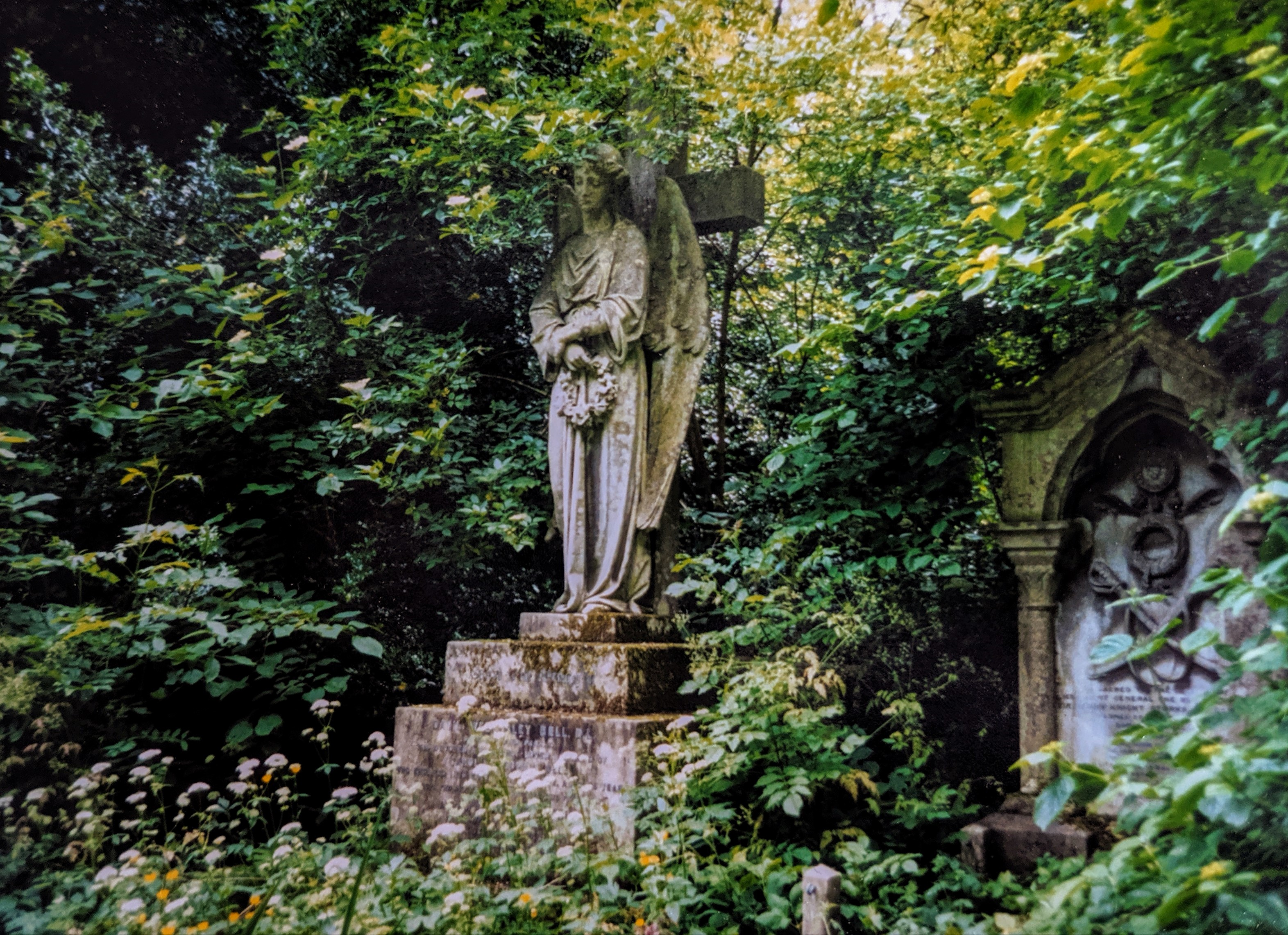The Haunting of Lamb House by Joan Aiken is a novel published in 1991. Lamb House, a Georgian building in Rye, Sussex, has been home to several writers over the years. Henry James lived and wrote there, as did E F Benson and later on, Rumer Godden. James wrote The Turn of the Screw there; Benson wrote his Mapp and Lucia novels, in which the house itself features, as well as many ghost stories there. It is now a National Trust property. Joan Aiken was born in Rye and lived not far away all her life.
This is an atmospheric and fascinating novel, an intriguing mixture of fact and fiction. It is composed of three linked stories. In the first, Toby Lamb, son of the builder of the house, tells the tale of tragic events in his childhood and youth. This is a very credible recreation of life in early eighteenth-century Sussex. We find out towards the end that what we have been reading is his own manuscript, written later in life, which he conceals behind a wall in the house.
Many years later, Henry James becomes the occupant of the house. This story is written in the third person in a style rather like James’ own. He feels as if the house has chosen him, rather than the other way round. A mysterious fire leads to some reconstruction work and the discovery of the manuscript. There are troubling similarities between Toby’s story and James’ own life. James considers publishing the manuscript as it is, but his brother William dissuades him. James considers that Toby’s use of the first-person style is a weakness and he re-writes it. He shows his new version to his friend and fellow-writer Edith Wharton. She considers that the work is not up to his usual standard.
After James’ death the house passes to E F Benson. He too has the feeling that the house is calling to him in some way. This story is the shortest of the three, written in the first person in the style of one of Benson’s ghost stories. Behind a garden wall he discovers another secret garden in which he erects a writing hut. It is while writing there that he sees the apparition of a man in black, a figure who featured in the first story, when Toby saw him in the garden. I shall not spoil things by saying who he is. A meeting across time resolves things in a satisfying way but also with a suggestion that the cycle will carry on when Benson says: “Perhaps you and I, Hugh, will be the next pair of ghosts to take over the lease. Perhaps we shall be occupying the secret garden here in the year 2030!”
This is as much a meditation on ideas of literary quality and posterity as a conventional ghost story. James is disconcerted by the fact that Edith Wharton’s novels sell so much better than his own, which he considers to be of higher quality. Benson is aware that although his own novels are successful, they do not really go deep enough.
Joan Aiken’s reader’s note is slightly misleading, perhaps deliberately so. She says that Toby’s story is completely fictional, yet elements of it, such as the visit of King George, are part of the history of Rye. She acknowledges that she has drawn on writings by and about James and Benson for their stories. She says that the ghosts are entirely fictional. What she does not say is that the description of the man in black is taken almost word-for-word from E F Benson’s 1940 autobiography, in which he describes an encounter with what he took to be a ghost.
How much you like this novel will probably depend on how much you like the writing of Henry James and E F Benson and whether or not you have been to Rye. For an admirer of E F Benson’s ghost stories like me, it’s a real treat. I have the feeling that there’s been something of a competition over the years as to whether Lamb House should be a literary shrine to James or to Benson. I know James is generally considered the superior writer, but Benson wrote not only in the house but about the house, so for me that secures his claim to it. After all, he lived there much longer than James, from 1918 until his death in 1940.
I have also written about E F Benson’s stories The Temple and Pirates.

